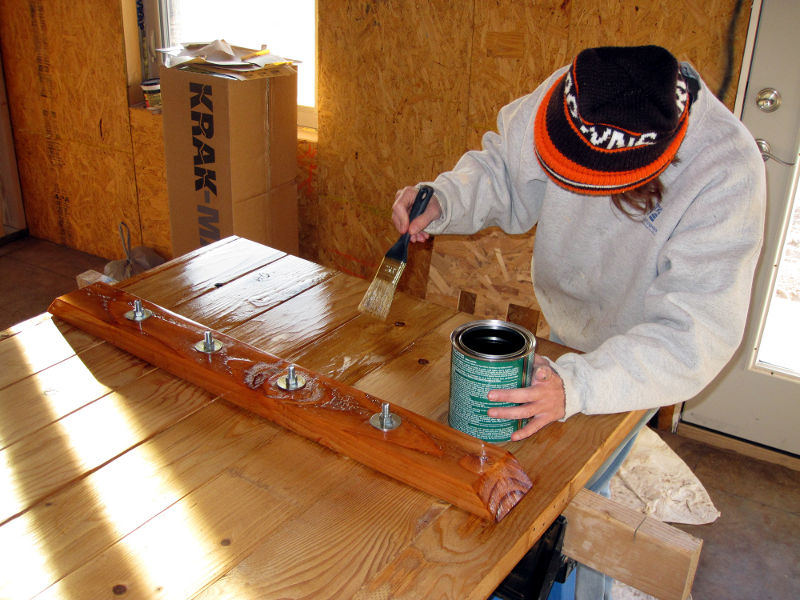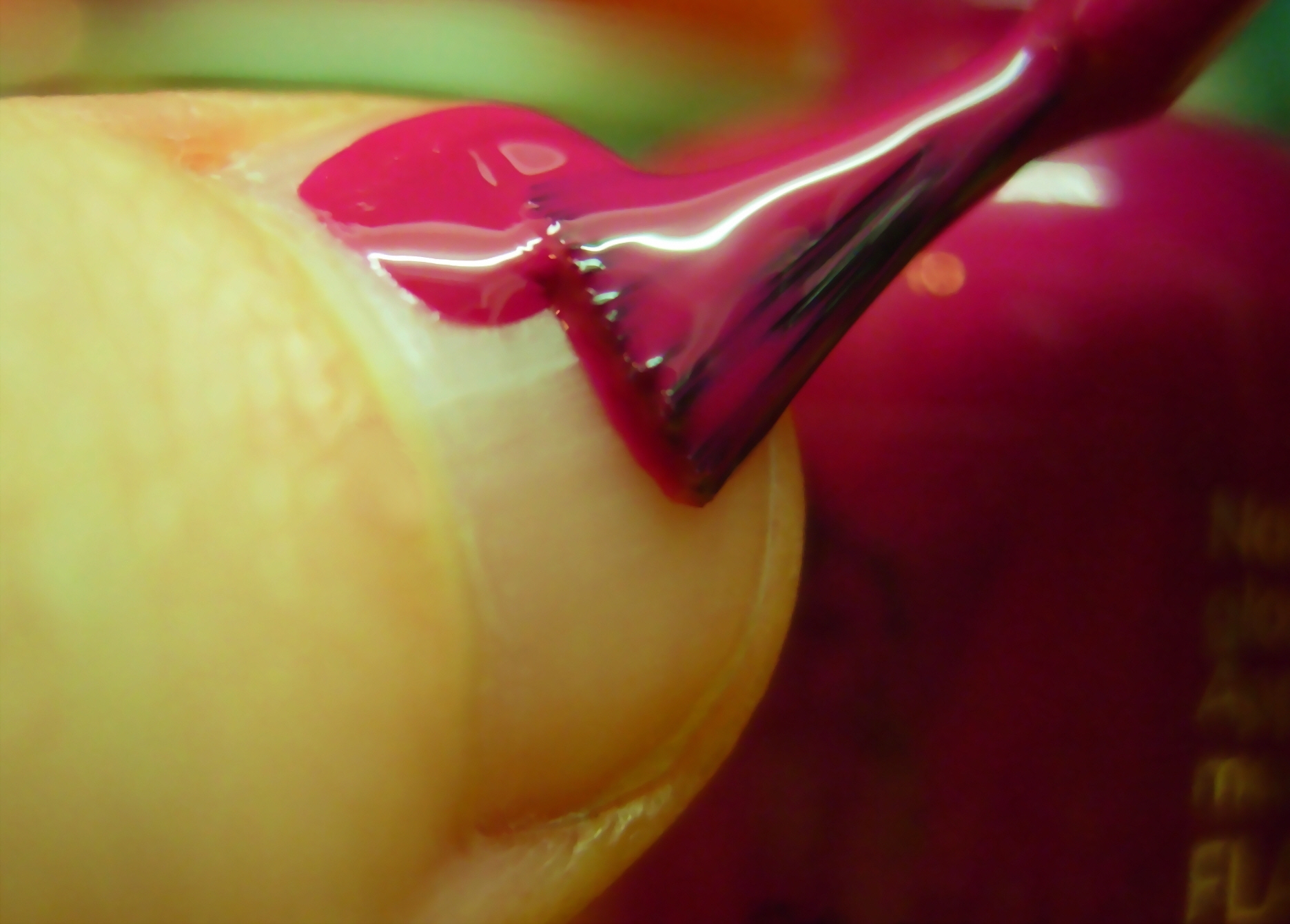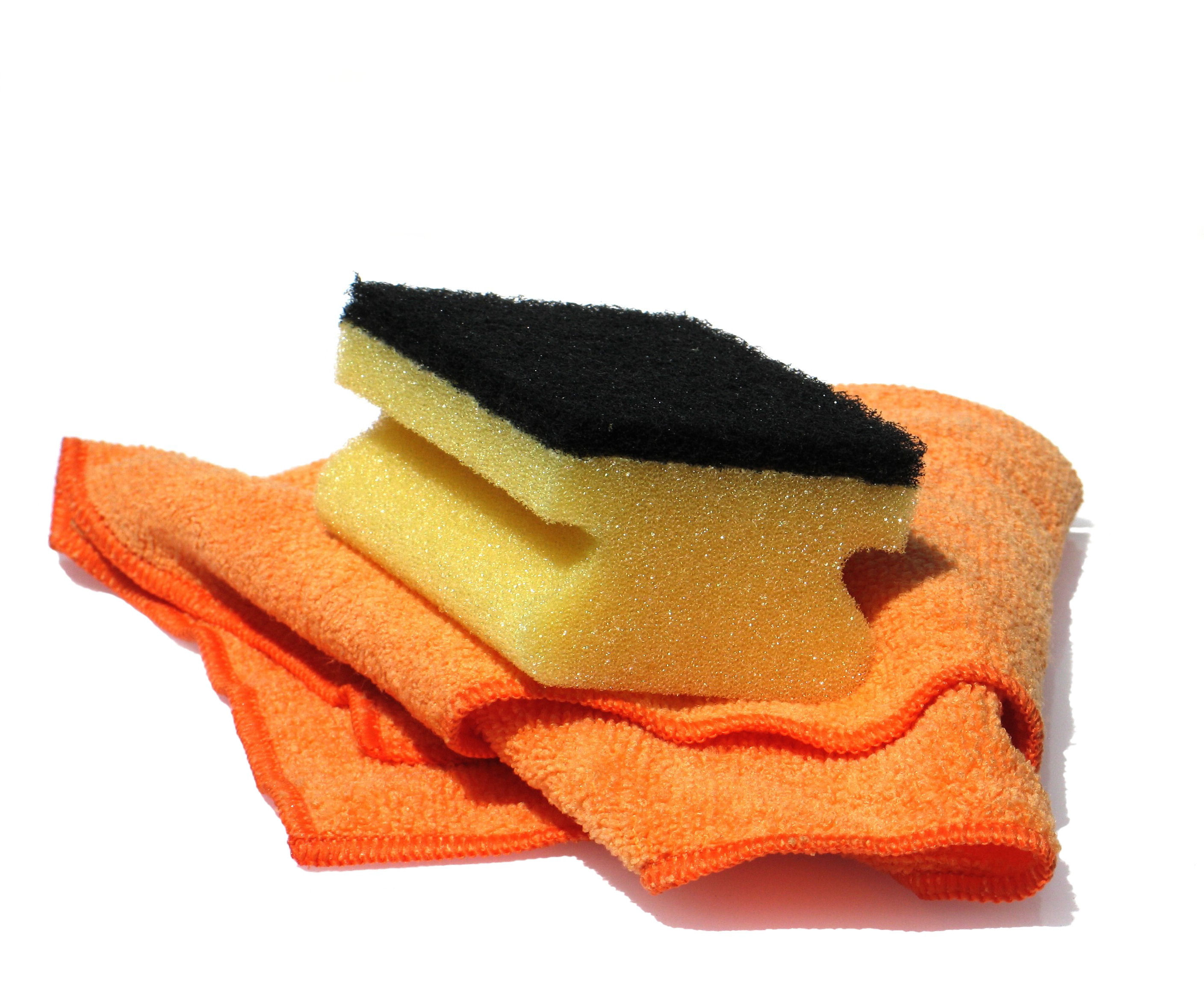Varnishing wood can produce beautiful and durable results when used correctly. It will not only make your furniture look more appealing, but also make it last longer. However, varnishing is not as easy as you may think. There are many considerations that you must take into account when you are varnishing wood.
Factors to Consider
The first and most important factor to consider when varnishing wood is temperature. Make sure that you work in a well-ventilated area and the surface you are varnishing is between 70 and 85 degrees Fahrenheit. It is also best if the varnish is the same temperature as the surface in order to avoid a seedy or sandy texture.
How to Avoid Bubbles
Bubbles form on the surface of the wood when in temperatures above 85 degrees. They can be avoided by thinning the varnish and preventing it from drying quickly. If you aren’t using the correct type of paint brush, bubbles may also form. To avoid these types of bubbles, make sure that the brush you’re using gets a lot of varnish on it when you dip it into the varnish. Pressing on the brush and forcing varnish to come out WILL create problems.
Move Quickly!
When varnishing wood, make sure that you finish a can of varnish once you open it because the air can cause a layer of skin to form over the varnish. This may also thicken the varnish, which means it will dry faster. If this happens, use cheese cloth to strain the skin so you can still use the good varnish and thin it with mineral spirits so your varnish won’t dry too quickly.
Many manufacturers would advise you not to thin the varnish anymore since they come ready-made in the can. This is an acceptable argument, especially if you can finish a whole can in one opening. However, there are cases in which thinning the varnish can be justified. When varnishing wood like oak, maple, and birch, you will achieve better results if you thin the first coat of varnish with turpentine. This is a better option than leaving the varnish as it is because the thinness of the varnish makes it sink into the wood’s cells and clings more to the wood.
It is also important to consider the surface that you are going to varnish. When varnishing wood surfaces, make sure that they are free from any moisture, oil, or grease. Also make sure that surfaces are rock hard and dry before applying varnish in order to avoid cracking and flaking. The gloss on glossy surfaces should be removed by sandpapers or pumice stones and water before the varnish is applied. Wax on old surfaces should also be removed with benzole, benzine, or turpentine before varnishing because varnish will not dry on waxy surfaces. Usually, shellac is applied after removing the wax to make sure that small traces that are left will be penetrated. This will give you a better result when you apply the varnish.
Steps in Varnishing Wood
The first step in varnishing wood is to remove the furniture’s old finish and sand it to remove any imperfections. After that, make sure that the surface, brushes, and varnish that you are going to use are perfectly clean. There are many ways to clean the surface, but it is advisable to use a tack rag, or cloth dipped in varnish and turpentine because they can pick up all the particles on the surface. This mixture can also be considered as the first coat since it thins the varnish and helps seal the wood. After that, apply a coat of thinned varnish by using a foam brush and let it dry overnight. When dried, sand the surface and clear it of loose dust using a tack cloth. Using a new foam brush, apply regular varnish, let dry, and sand it gently. You can apply the coats with the grain or against it, but make sure that the final coat is brushed on with the grain. Two to three coats of varnish is enough, but you can apply as many coats as you like. It is, however, important to remember to sand between coats, except for the final one. Make sure that the weather isn’t cold or damp when you are varnishing wood because this would cause the varnish to take a longer time to dry. Although slower drying time may be preferred to avoid bubbles, drying up too long will make your furniture susceptible to dust and small particles.
Safety Precautions
When varnishing wood, it is important to know how to be safe. The first and most basic way of doing this is to carefully follow the instructions included with your varnish. Wood varnishes may contain harmful chemicals, so it is always better to wear face masks when working with them. Also, make sure not to mix different kinds of wood varnishes together as this could cause dangerous reactions. It is also not advisable to mix the same kinds of wood varnishes with different brands unless you are an expert in varnishes. Wood varnish is also flammable, so keep it away from fire or from places that are too hot.
People choose to have their furniture varnished because it not only makes the furniture look more appealing, but also protects it and makes it more durable. There may be a lot of precautions and factors to consider when doing it, and a it may require a lot of your time and effort, but the finished product will be well worth it!




